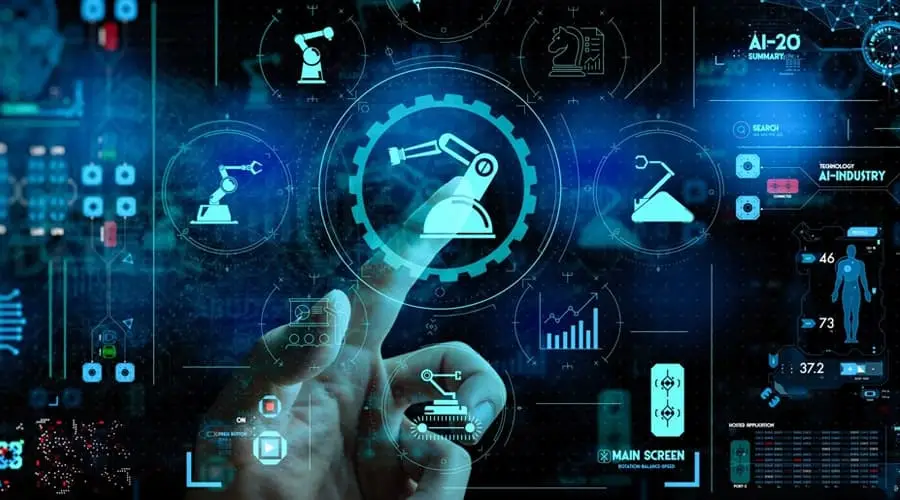The fascination with robots has long been embedded in human culture, often depicted as humanoid figures in various forms of media. However, the future of robotics design is taking a cue from nature, embracing the concept of biomimicry. Instead of replicating the human form, researchers and engineers are turning to the animal kingdom and the natural world for inspiration. This paradigm shift offers not only innovative designs but also the potential for more efficient and specialized robotic applications.
Biomimicry in Action:
Consider the SandFlea developed by Boston Dynamics, inspired by the extraordinary jumping ability of certain insects. This compact robot can propel itself up to 30 feet in the air using a piston with explosive force. While its current applications may seem limited, the technology behind its vertical leap could find use in future robotics designed for law enforcement or military tasks.
Underwater exploration has also seen a biomimetic transformation with the Swimming Snake Aqua-Robot. Instead of relying on traditional propellers, this robot mimics the smooth movements of a snake, allowing it to navigate underwater with enhanced agility. This innovation reduces the need for human divers in hazardous environments, transforming tasks in the oil and gas industry.
Festo, a German industrial control and automation company, has developed a fleet of Bionic Ants. Beyond their aesthetically pleasing design, these ants showcase collaborative technologies, envisioning a future factory where machines communicate and work together seamlessly. This collaborative approach enhances efficiency and safety in the production process.
The CRAM Robotic Cockroach, inspired by the remarkable resilience and adaptability of cockroaches, introduces a new dimension to soft robotics. This robot can squeeze into crevices half its normal operating height, offering potential applications in disaster relief and construction projects. The flexible top shell and articulated legs allow it to navigate challenging terrains with ease.
Advancements in bipedal locomotion have given rise to the Cassie Bi-Pedal robot by OSU Robotics + Agility Robotics. Moving away from traditional quadrupedal designs, this robot aims to revolutionize logistics and shipping. With the potential to navigate unpredictable terrains, including curbs, ramps, and stairs, the Cassie project sets the stage for the future of delivery automation.
Rethinking Robotics Behavior:
While physical design often takes center stage, rethinking robotic behavior has become a crucial aspect of innovation. Collaborative Robots, such as Baxter and Sawyer by ReThink Robotics, introduce a new category designed to work alongside humans seamlessly. Equipped with sensors and safety mechanisms, these robots are aware of human presence, ensuring a safe working environment. The interface screen, serving as a humanoid head with expressive eyes, enhances communication between humans and robots, fostering efficiency and safety in industrial settings.
In a nutshell:
The convergence of robotics and biomimicry represents a paradigm shift in design philosophy. Nature, with its millions of years of evolution, provides a rich source of inspiration for creating robots with enhanced functionality, efficiency, and safety. From jumping insects to slithering snakes, and even resilient cockroaches, the natural world offers a diverse palette for engineers and researchers to draw upon.
As we witness the transformation of robots from mere humanoid figures to highly specialized and biomimetic machines, the future holds exciting possibilities. These innovations not only redefine the capabilities of robots but also pave the way for unprecedented applications across industries. The journey from inspiration to 3D modeling and the realization of finished products underscores the potential of biomimicry in shaping the future of automation.





